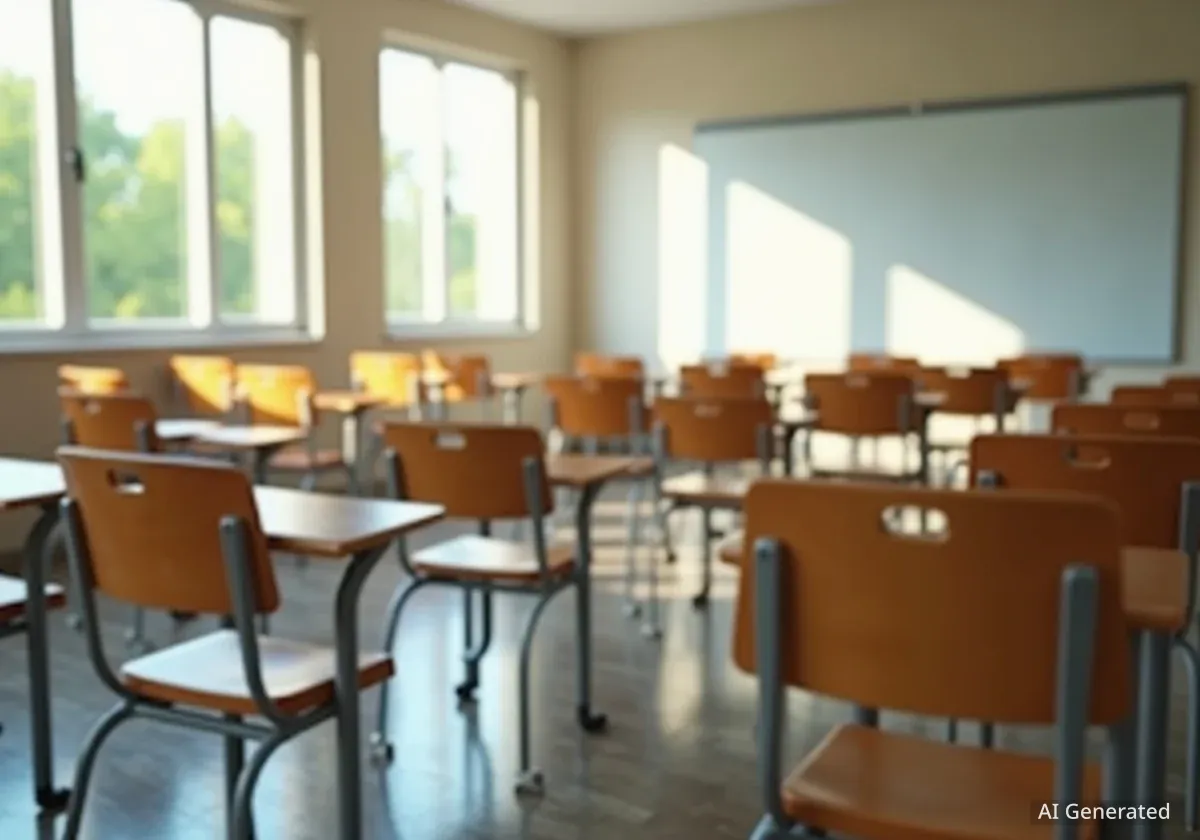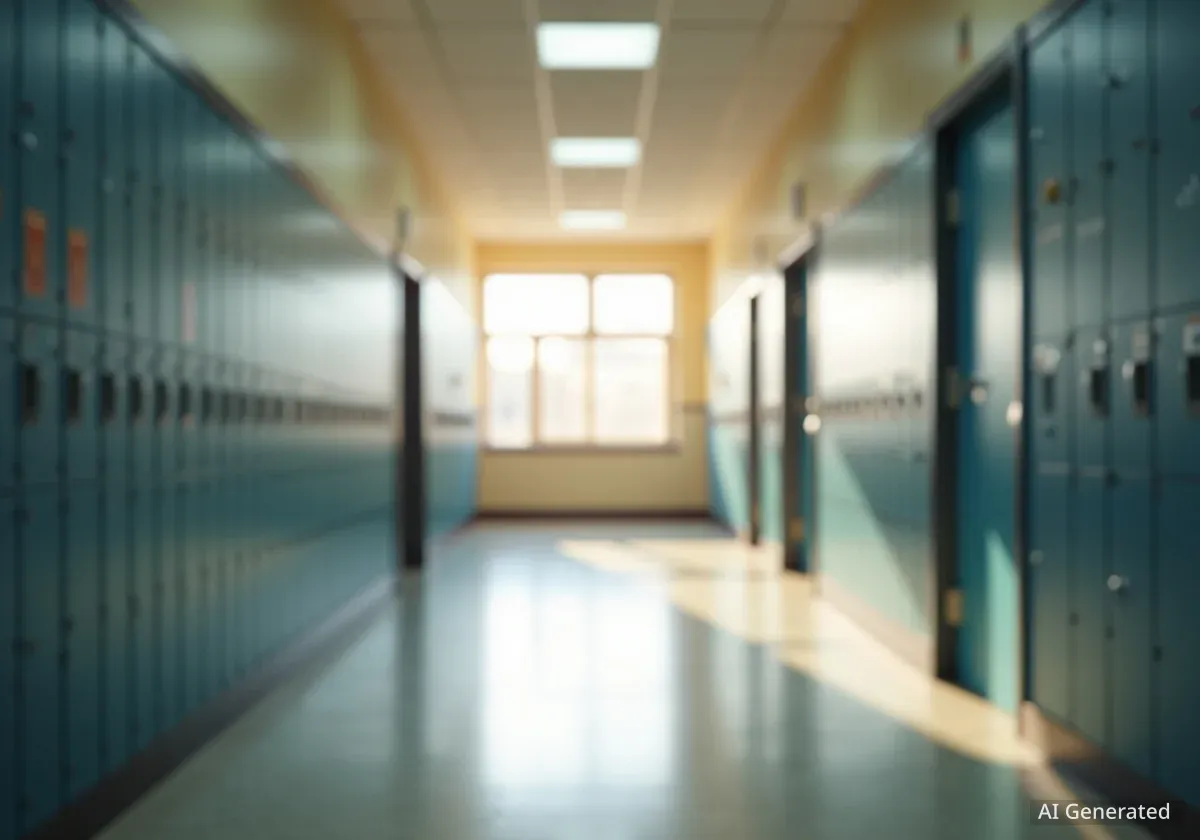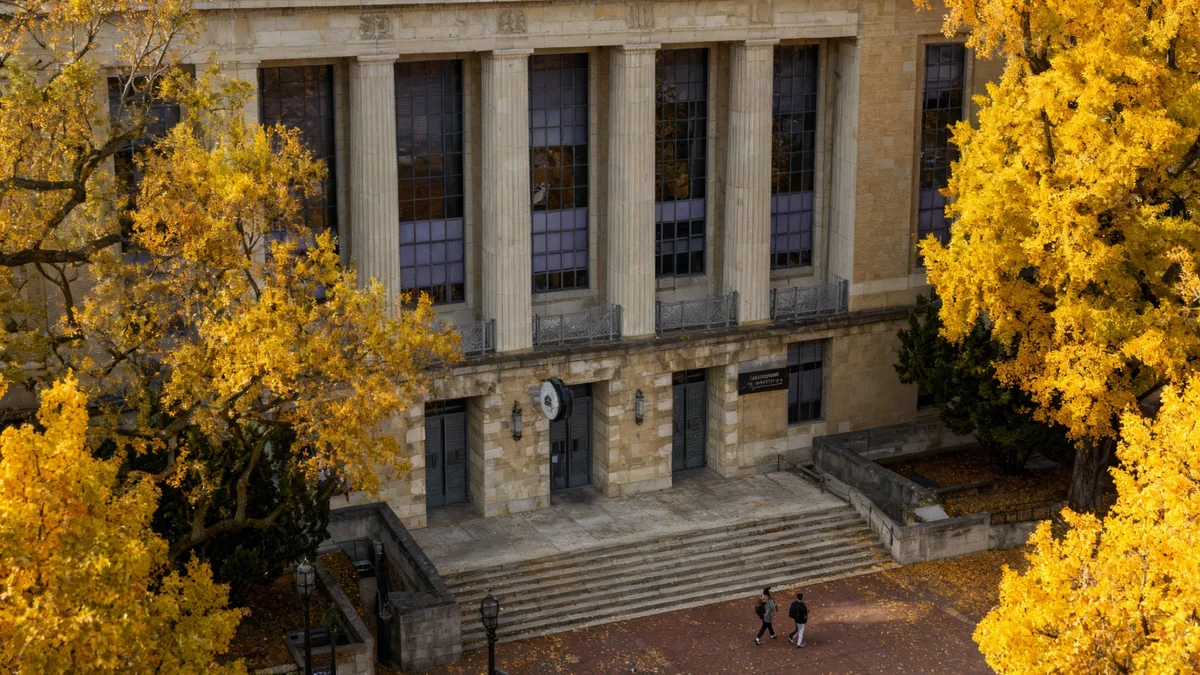Newark Public Schools has reported a notable improvement in student performance on state assessments, with proficiency in English language arts and mathematics each increasing by approximately 3 percentage points over the previous year. The results from the spring 2025 New Jersey Student Learning Assessment indicate a steady, ongoing recovery from pandemic-related learning disruptions, though a majority of students have not yet reached state proficiency standards.
Key Takeaways
- English language arts (ELA) proficiency for grades 3-9 reached 34%, up from 31% last year.
- Mathematics proficiency rose to 21.1%, an increase from 17.7% in the previous year.
- The scores are approaching pre-pandemic levels, with ELA just one percentage point below the 2019 benchmark.
- District officials attribute the growth to targeted interventions like tutoring and new curriculum, but acknowledge that significant work remains.
Detailed Look at the Latest Assessment Results
According to a district analysis presented in September, student achievement in Newark is on an upward trajectory. The latest data shows that 34% of students in grades 3 through 9 met proficiency standards in English language arts. This marks a significant step toward pre-pandemic performance, where nearly 35% of students were proficient in 2019.
In mathematics, 21.1% of students achieved proficiency. While this figure still trails the 2019 level of approximately 24%, it represents a substantial 3.4 percentage point gain from the 17.7% proficiency rate recorded in spring 2024.
These results are the fourth set of statewide assessment scores released since the onset of the COVID-19 pandemic. They also come as the district marks its fifth year of local control, following a 25-year period of state oversight.
A National Perspective
Superintendent Roger León commented that Newark's recovery pattern aligns with national trends. "Students who are in the older grades are able to demonstrate better recovery than the students that are in the younger grades," León stated. He also noted that, consistent with observations elsewhere, "English language arts is moving a whole lot faster than the area of mathematics."
Analyzing Student Growth and Demographics
The district's report highlighted several areas of progress. A total of 3,892 students advanced by at least one proficiency level in ELA compared to the previous year. In math, 3,225 students achieved a similar improvement.
Rochanda Jackson, the executive director of the Office of Data and Research, presented the findings, describing them as containing "bright spots" while emphasizing that they "do not eclipse the real work that we still have to do."
Cohort Performance Gains
One of the most encouraging signs was the growth seen in student cohorts that remained enrolled in the district. The most significant jump was observed among students who moved from sixth to seventh grade, who saw their average pass rate increase by nearly 8 percentage points.
"These seventh graders were babies in the pandemic. In 2020, they were in the second grade. They spent nearly two years getting foundational math knowledge and virtual classroom experiences they didn’t know," Jackson explained, contextualizing their substantial progress.
Other cohorts also showed steady gains:
- Students moving from 4th to 5th grade and 5th to 6th grade saw a 3 percentage point increase.
- Those advancing from 3rd to 4th grade and 7th to 8th grade experienced an average increase between 2 and 2.5 percentage points.
Did You Know?
Former English language learners have emerged as the highest-performing student subgroup in English language arts across the Newark district, according to the official analysis.
The Road to Full Academic Recovery
While the improvements are positive, the data confirms that a full recovery from the pandemic's impact on education will take time. Research from the Northwest Evaluation Association (NWEA) suggests that students who were in middle school during the peak of the disruptions may require up to five years to catch up completely.
The challenge is particularly acute in districts like Newark, where over 90% of the roughly 41,000 students identify as Black or Latino. These demographic groups, along with students from low-income backgrounds, were disproportionately affected by the shift to remote learning and other pandemic-related challenges.
District Strategies for Acceleration
To address these persistent gaps, Newark Public Schools has implemented a multi-faceted strategy. Key initiatives include:
- Expanded Tutoring Programs: Offering targeted academic support to students who need it most.
- Summer and Saturday School: Providing additional instructional time to reinforce learning and address gaps.
- New Curriculum: Introducing a new reading and writing curriculum designed to boost literacy skills.
District leaders remain focused on building upon the recent momentum. Jackson expressed confidence that "with time, rigor, and consistency," the district can "change the trajectory of students’ lives."
She concluded her presentation with a call to action. "We need to keep these at the forefront of our thoughts as we continue to strategize on what needs to be done to accelerate beyond pre-pandemic performance to mastery and sustained academic excellence," Jackson urged.
The New Jersey Department of Education has not yet released the full statewide assessment data for public comparison.





